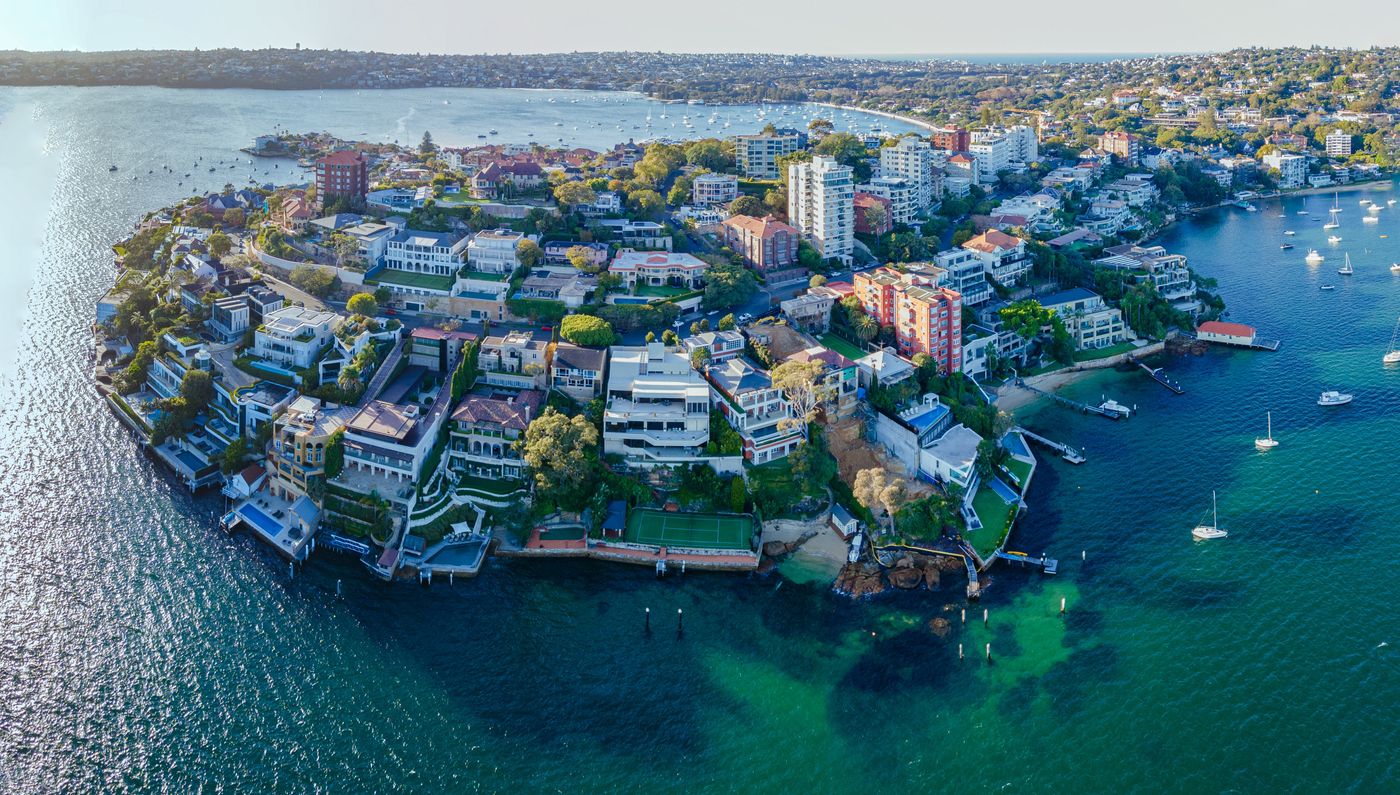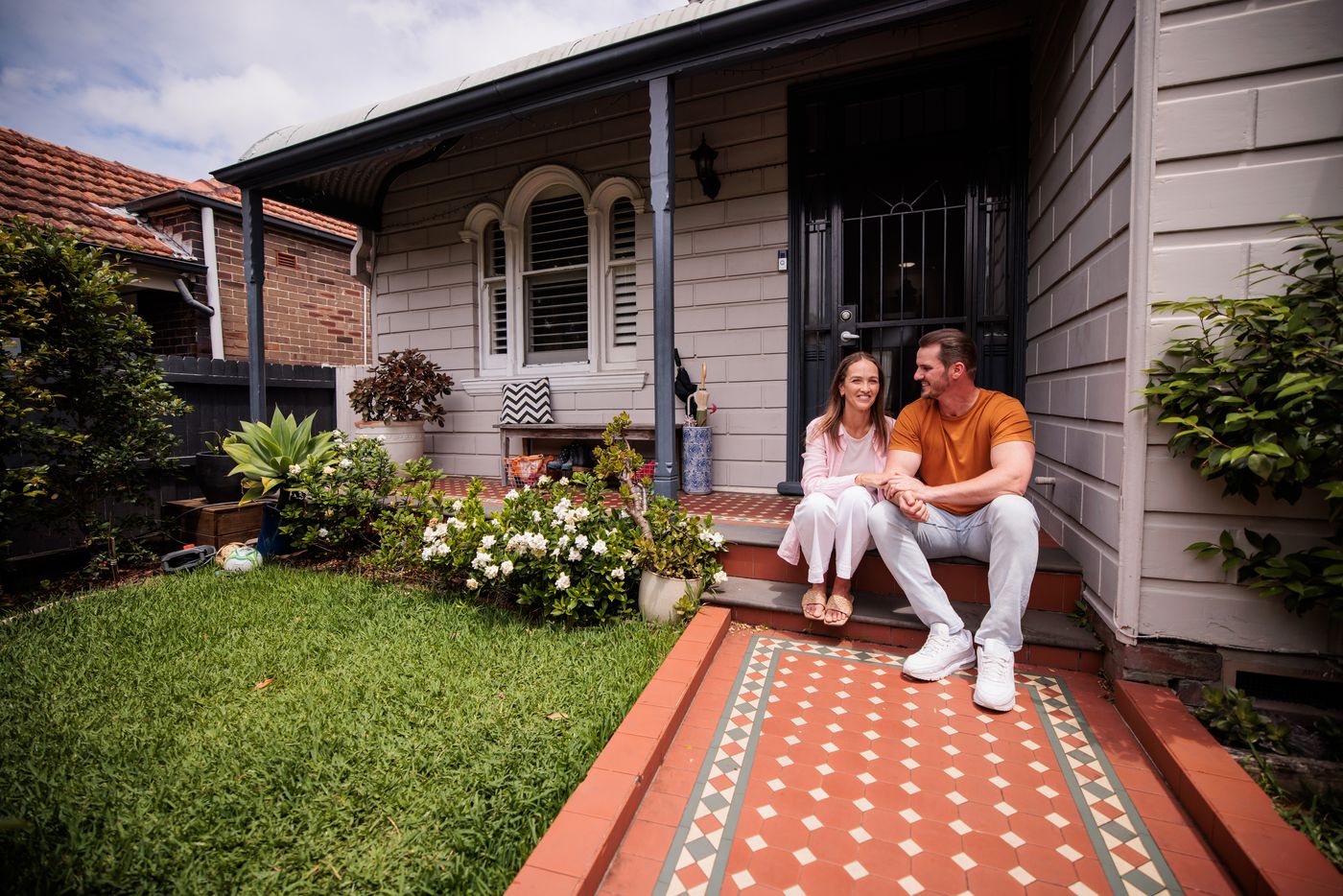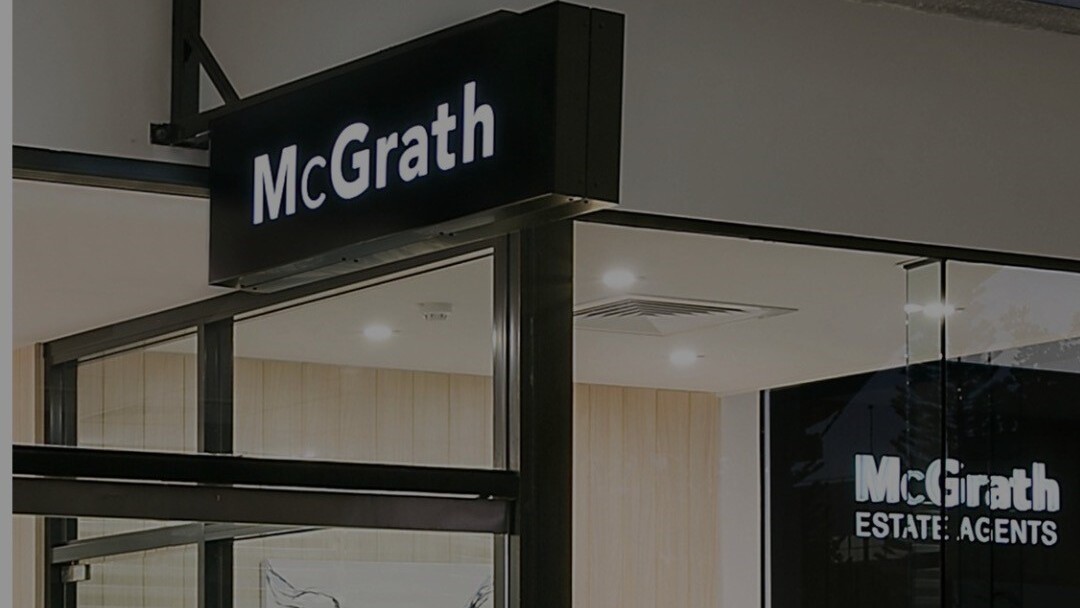Solid success continues in the prestige property market -John McGrath
Brisbane’s median house value is now over $1 million for the first time on record, according to recent Cotality data. But while this figure might shock the average Australian enduring a cost-of-living crisis, plenty of other buyers see $1 million-plus as affordable buying.
In fact, the prestige property market is extremely bouyant. And by prestige, I mean $5 million to $20 million-plus sales – or generally speaking, the top 5% of all property transactions.
Westpac Private Bank’s 2025 Prestige Property report found the number of $5 million-plus property sales reached their second-highest figure on record in 2024. The 3,295 sales are more than triple the figure – or 217% higher – than five years ago, and is a 5.2% increase on 2023.
Premium property rentals are also continuing to grow, especially in Sydney and Melbourne. Knight Frank’s latest Prime Global Rental Index shows that Sydney’s 43.1% rental growth over the past five years is the third highest shift across 16 key world city markets. Melbourne’s 39.7% rental rise gives it sixth place on the global index.
In its July in Review report, Herron Todd White (HTW) described the prestige buyer segment as a standout performer. HTW added that, just like the broader market, the prime property sector is experiencing low supply and high demand, especially for new builds. And while the recent interest rate drops didn’t result in significant shifts in the prestige market, HTW said it had improved overall buyer sentiment and confidence.
This brings me to one of several prestige buyer features: they rarely rely on mortgages to purchase a home. Instead, these high-net-worth buyers utilise cash, strategic lending, or high amounts of equity in other investments and assets.
So as Westpac says, while these buyers monitor interest rate changes, their behaviour is based more on global and national economic factors, like equity market performances, bonuses, offshore capital flows, and currency shifts. This sector also responds more acutely to structural wealth, financial market performance, and macroeconomic confidence. And buyers are more concerned about property scarcity, capital allocation, and long-term asset positioning.
In comparison, the broader housing market is more concerned about credit conditions, consumer sentiment, and of course, interest rate changes.
Westpac’s report pointed out some more recent significant premium sector changes. Along with location and exclusivity, prestige buyers are increasingly purchasing properties, based on long-term property value, rather than short-term. This long-term value is the foundation for intergenerational wealth and legacy planning.
Prestige buyers are increasingly diverse too. Aussie expats and those with offshore income are taking advantage of our weak dollar to purchase premium properties, as are foreign buyers. And, there’s been a rise in second-generation business leaders and owners, along with young entrepreneurs.
These buyers are purchasing in a wider, more diverse area as well, according to Westpac. Brisbane, Perth, and Adelaide posted record $5 million-plus sales in 2024 with regional Queensland outshone its $5 million-plus record in 2021, led by Noosa Heads, Surfers Paradise, and Noosaville – in fact, at 63%, regional Queensland’s $5 million-plus sales volume was higher than Brisbane. Perhaps less surprisingly, the Gold Coast comprised 40% of Queensland’s total number of $5 million-plus sales.
That being said, typically exclusive suburbs such as Vaucluse, Point Piper and Bellevue Hill in Sydney continue to feature $50 million-plus sales, according to Cotality’s settled sales data. And, Point Piper still comes first for our highest number of this “small elite group” of transactions. Featuring six of the top 20 highest-value sales to date, Westpac describes the suburb as Australia’s undisputed epicentre of ultra-prestige property.

By
John McGrath
August 31, 2025
4 min read
Share this Article


.jpeg)

